Argentina: Puerto Madryn
ຈັດພີມມາ: 29.04.2019
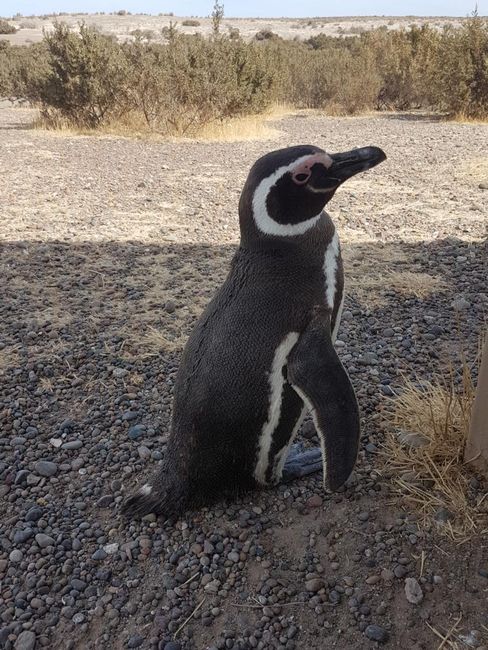
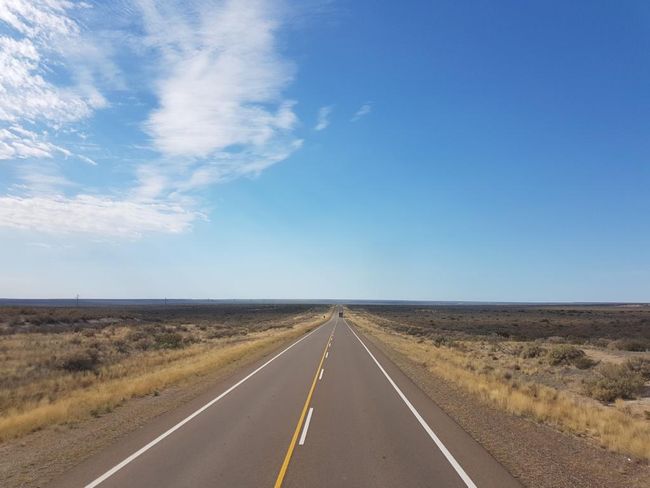
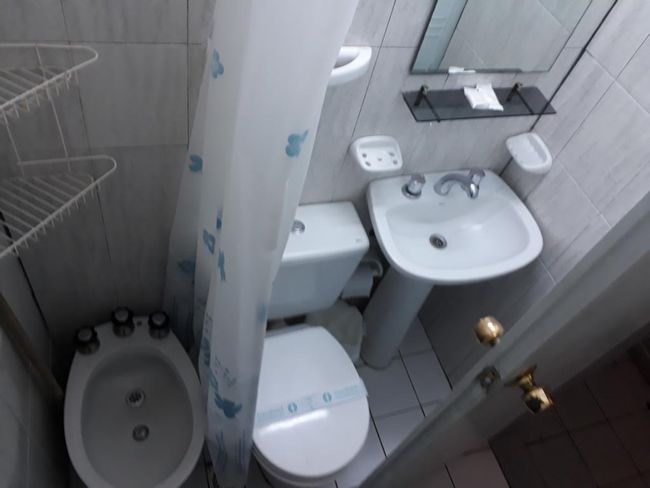
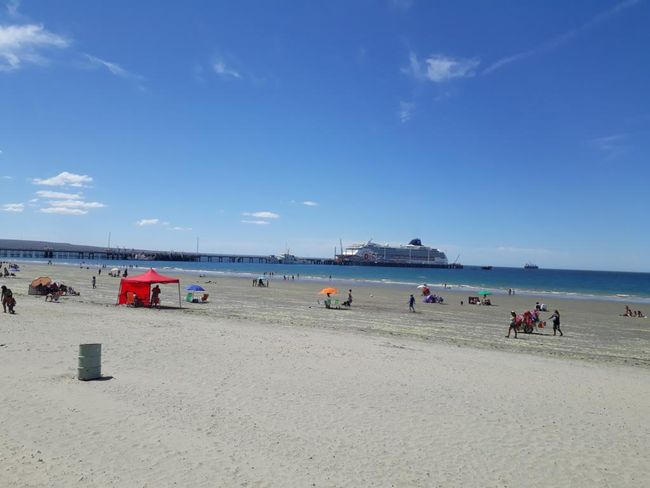
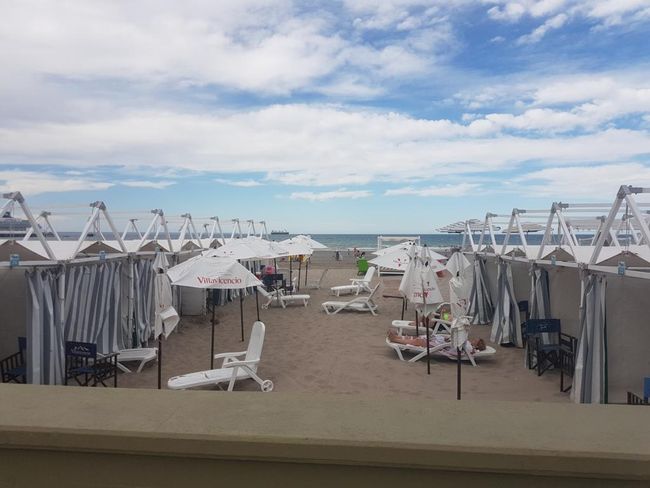
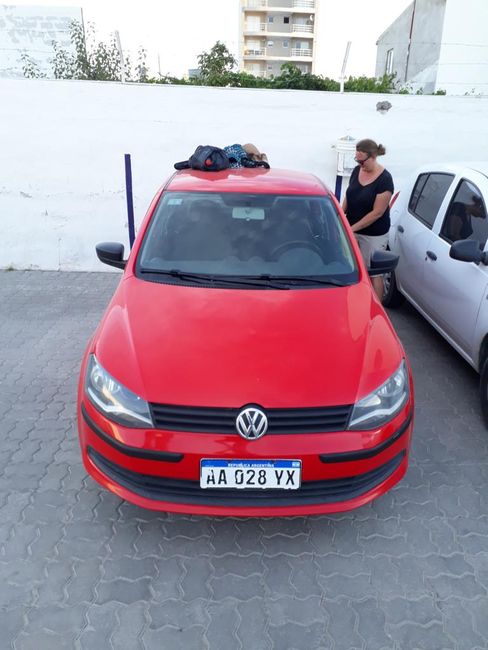
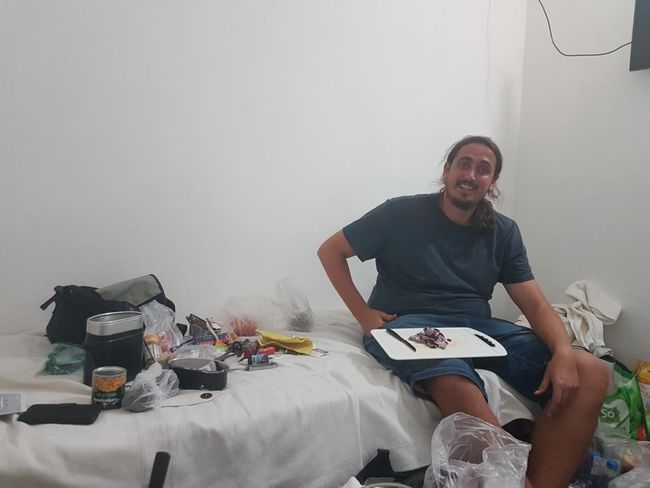
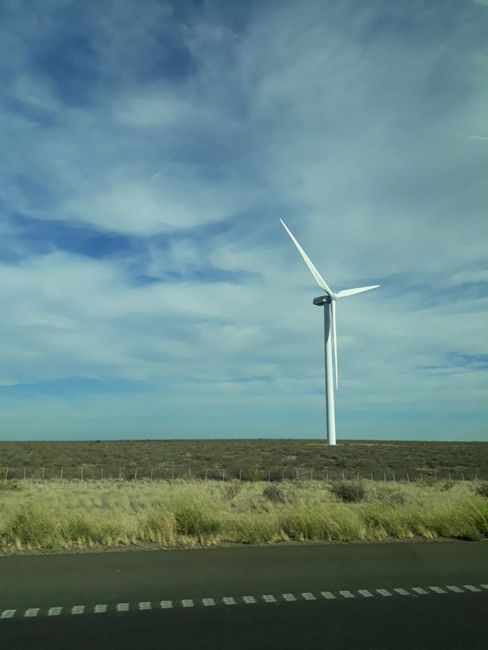
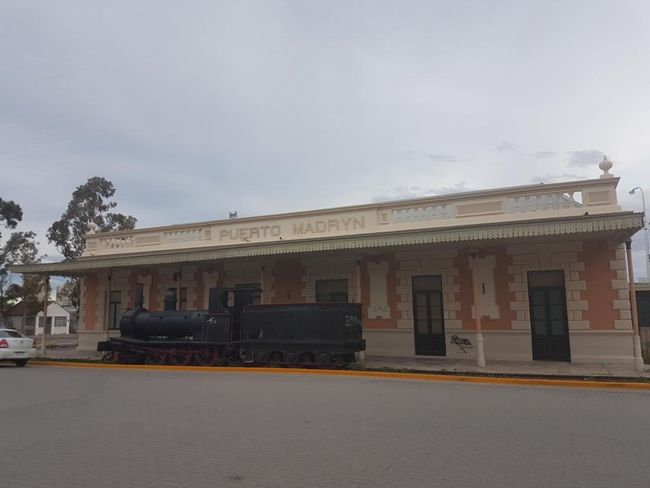
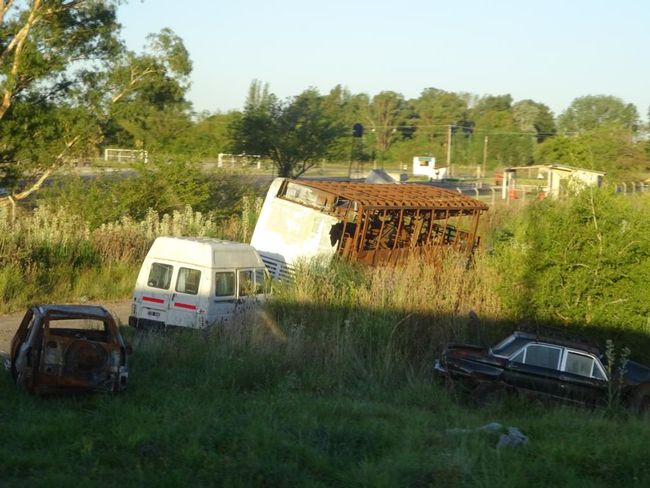
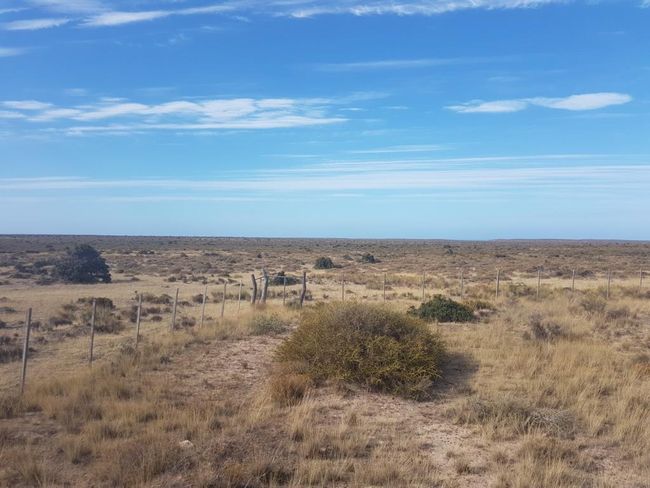
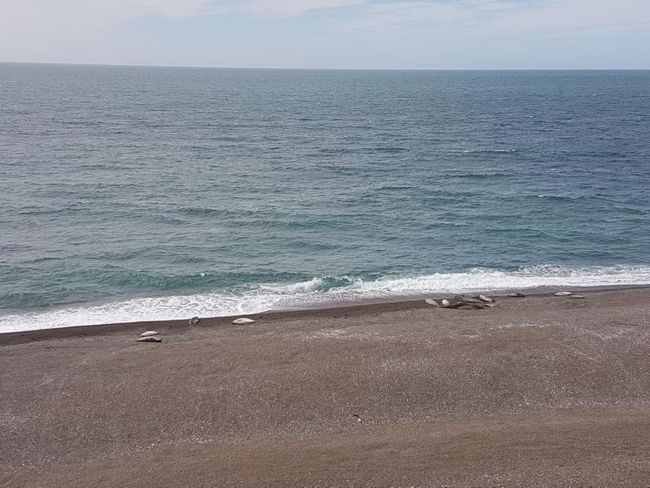
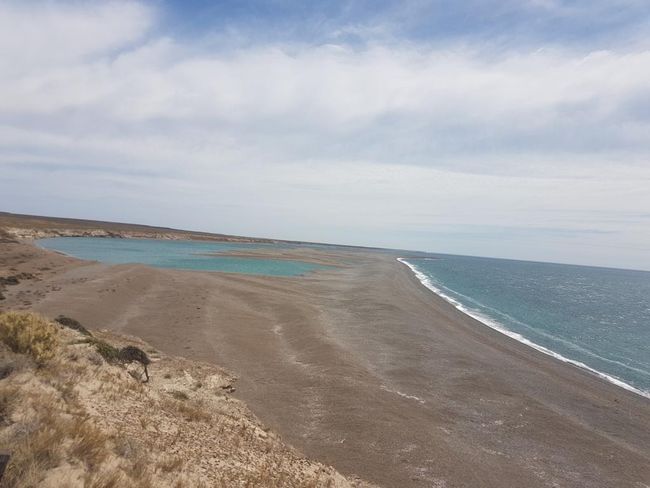
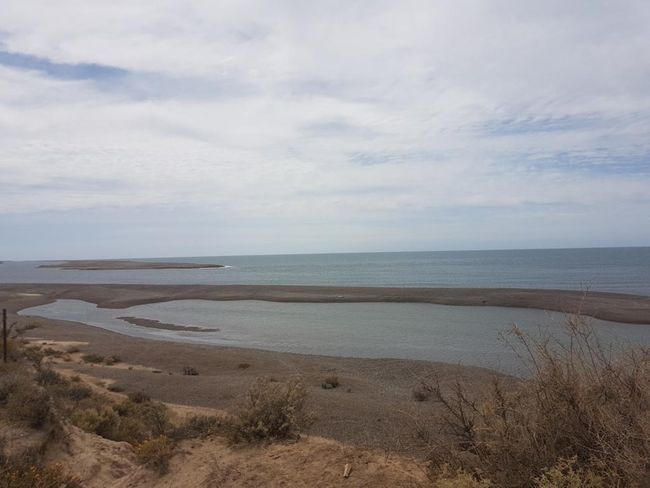
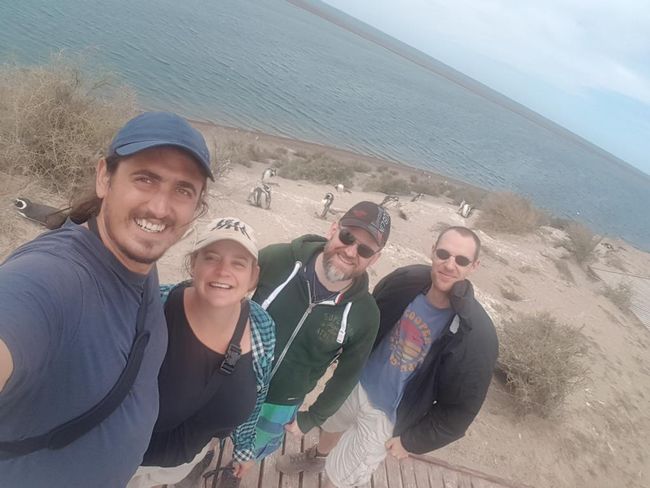
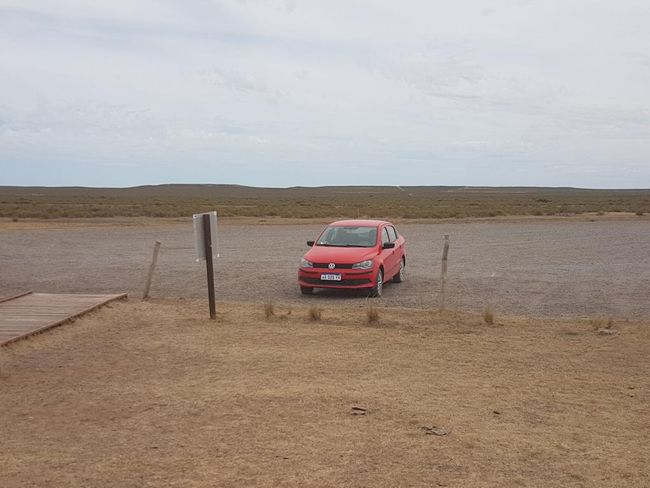
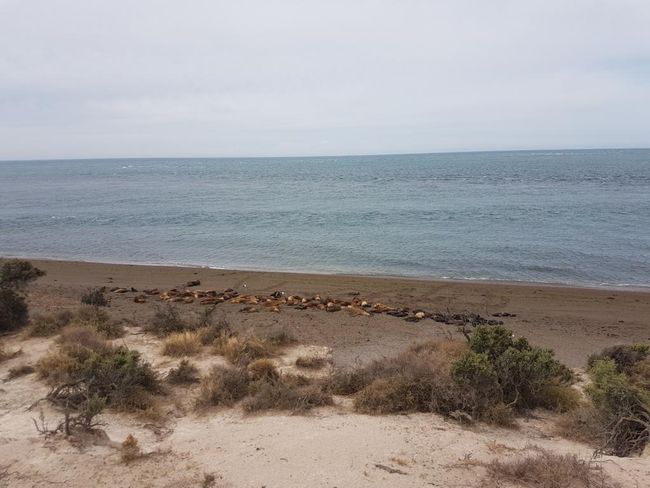
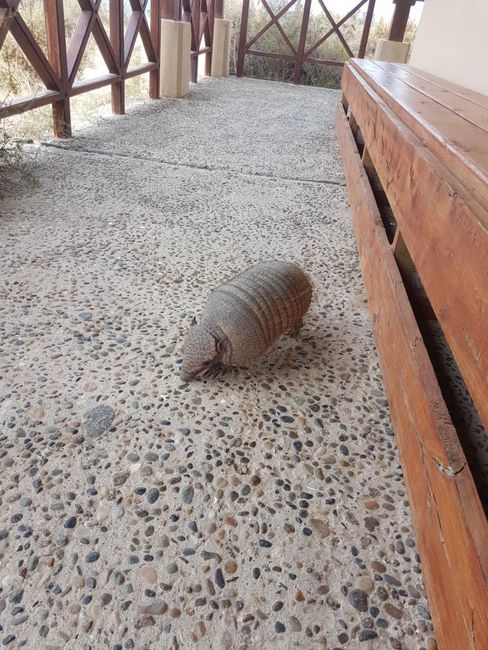
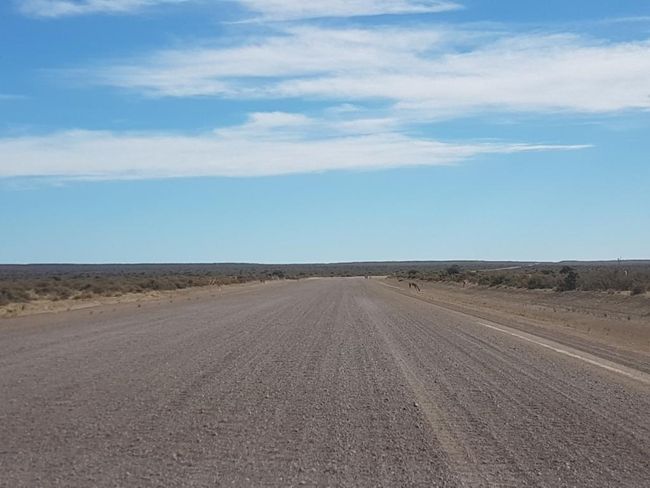
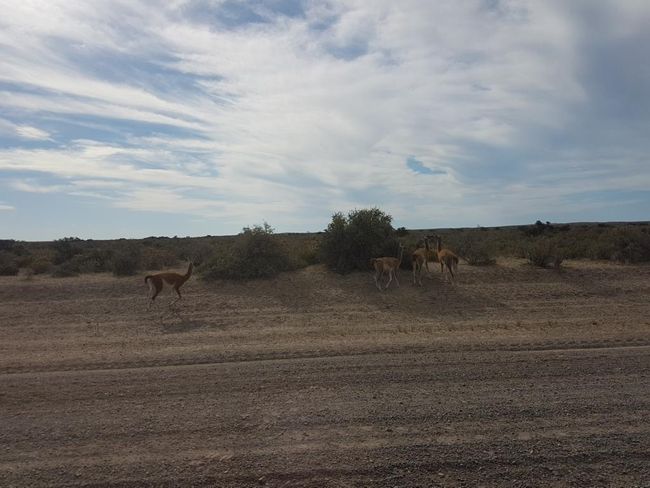
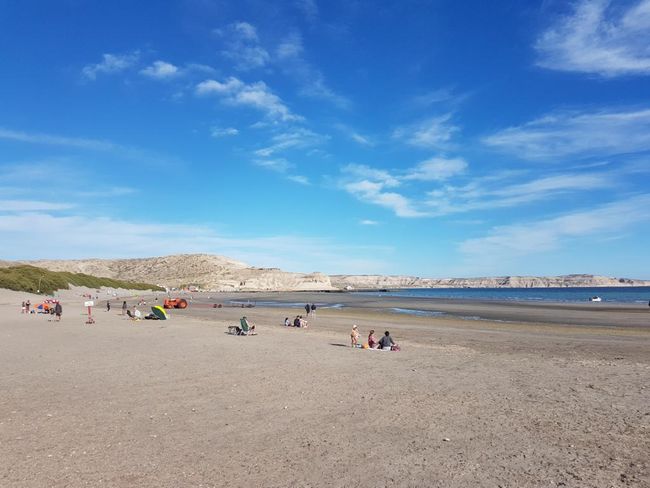
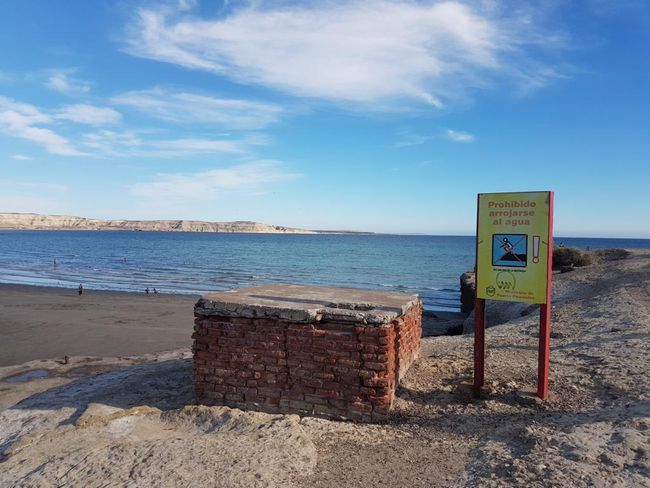
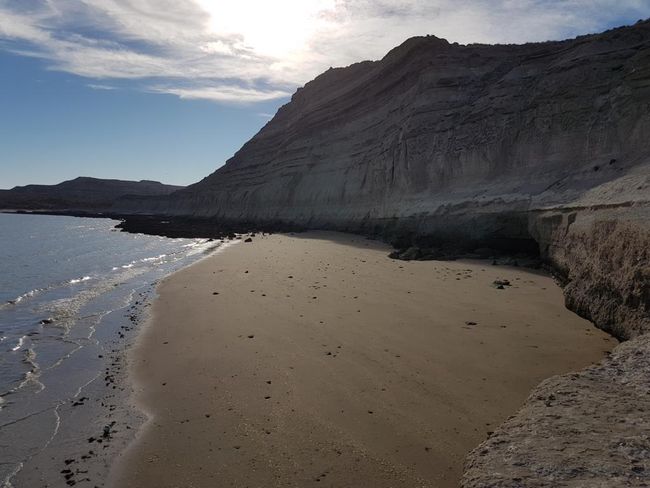
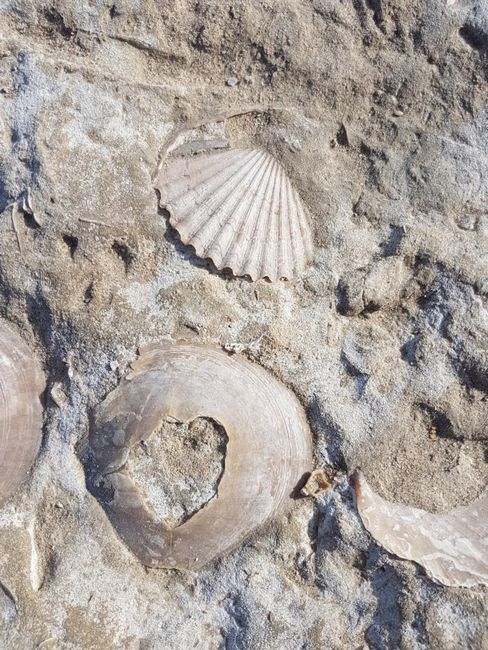
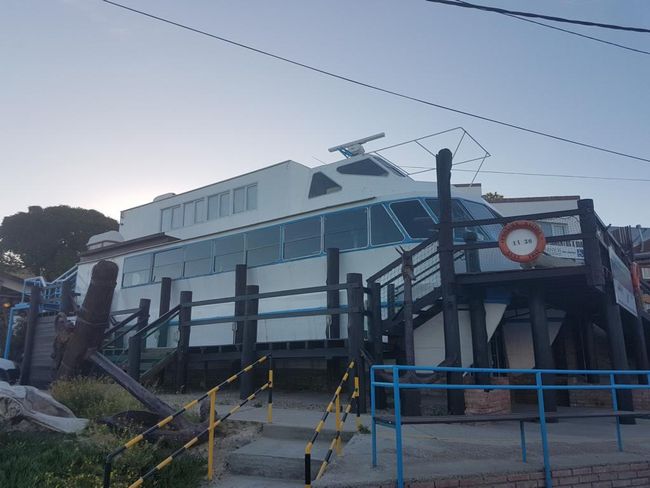
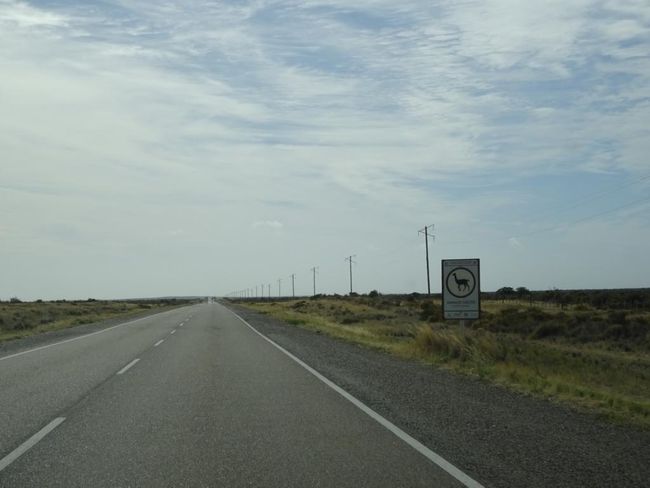
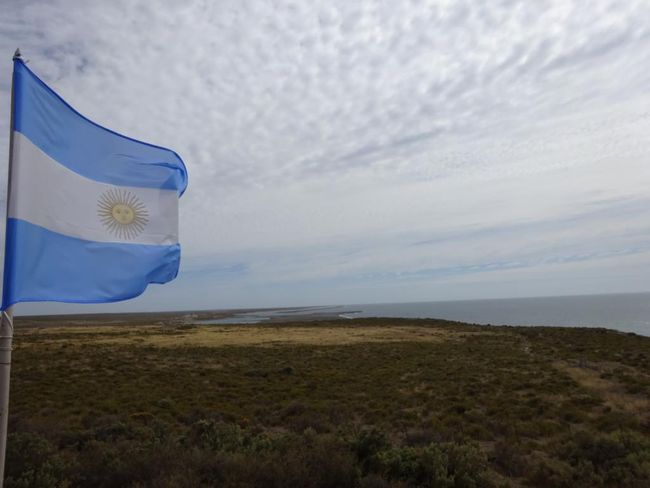
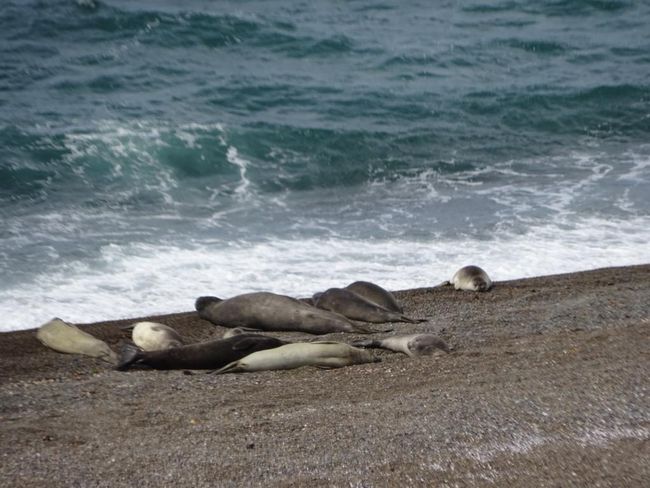
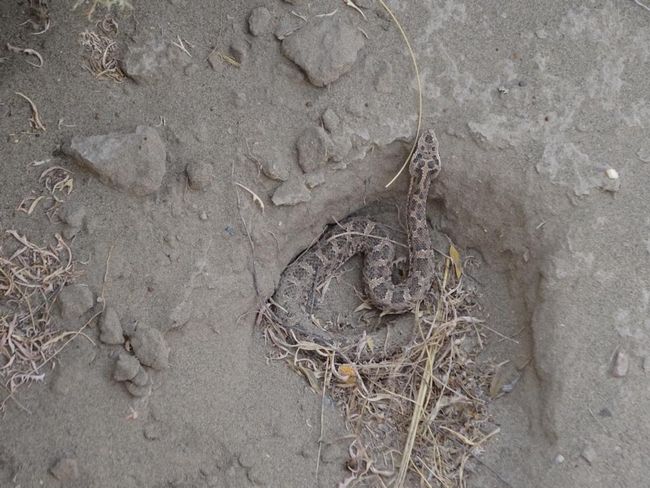
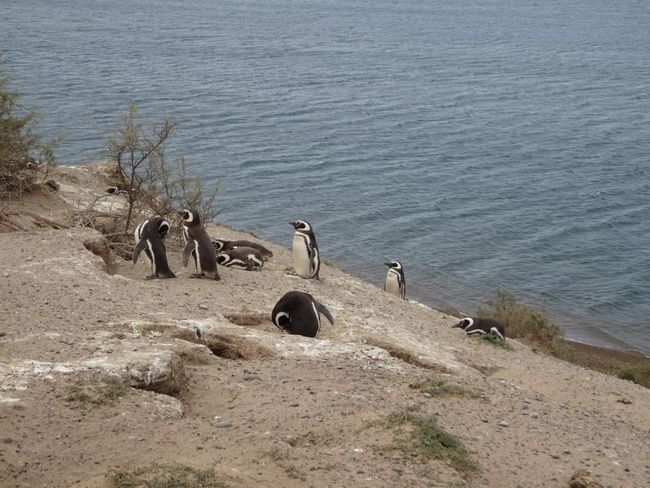
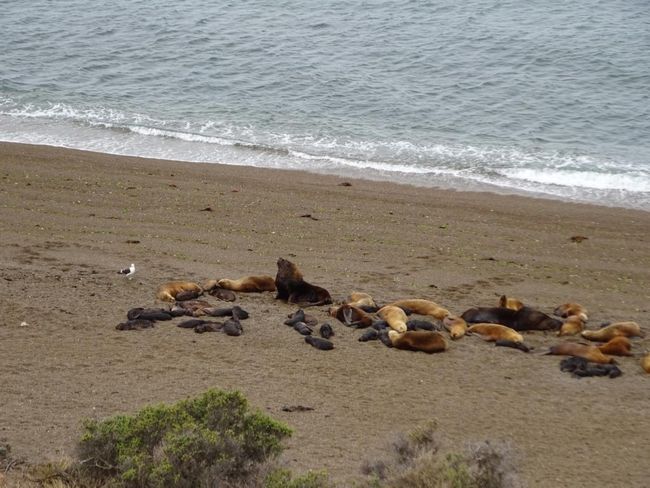
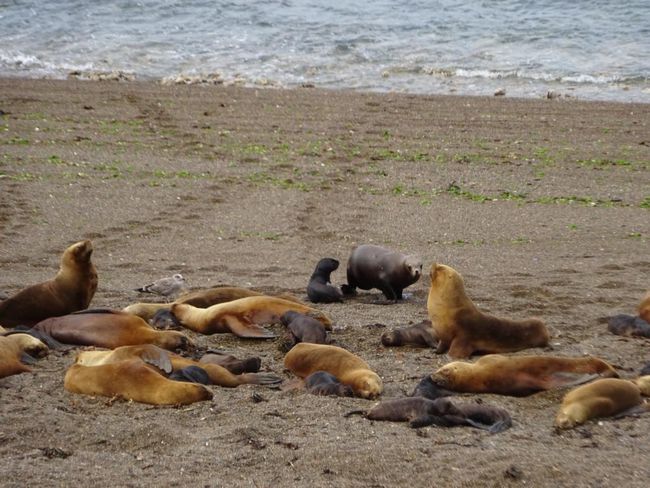
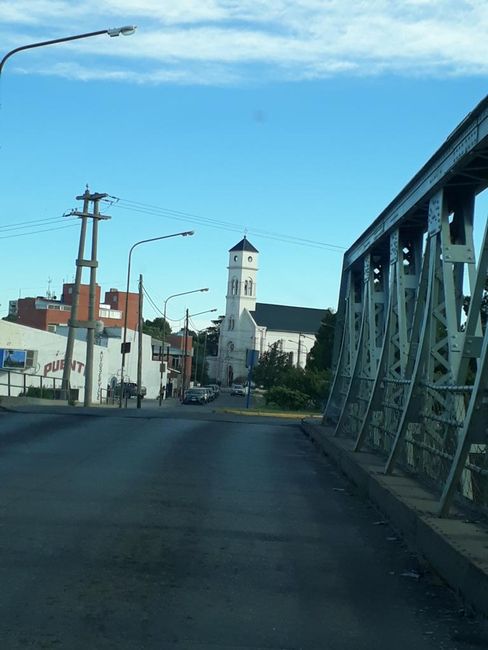
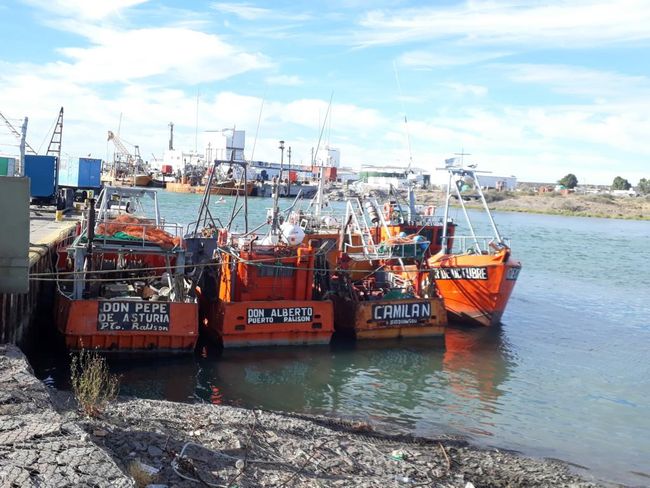
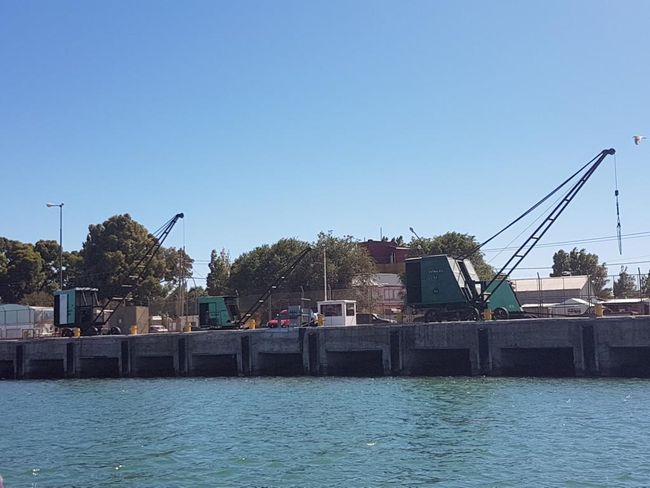
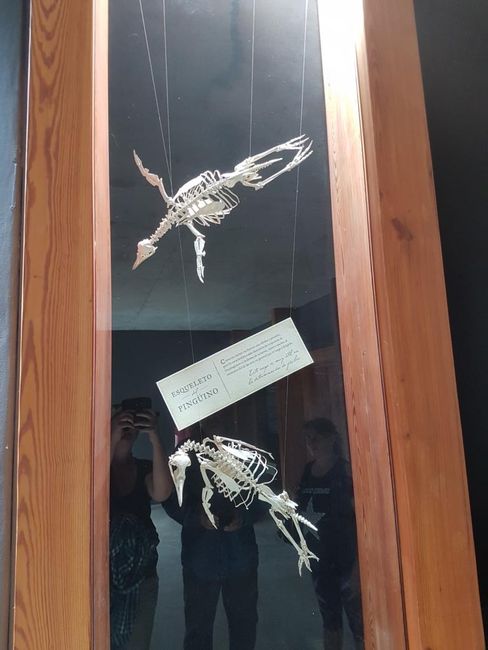
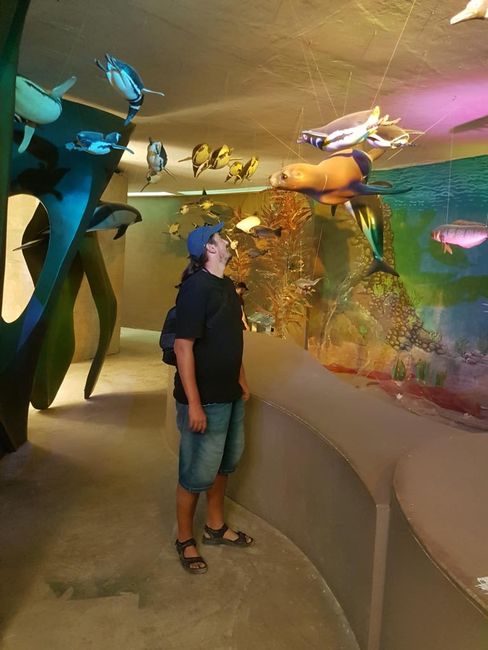
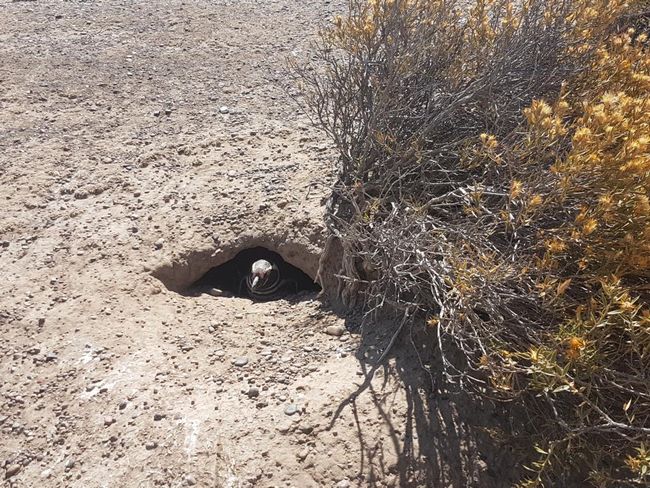
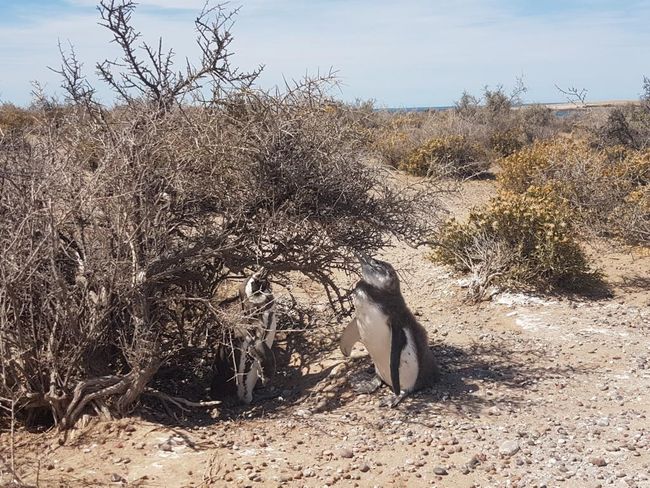
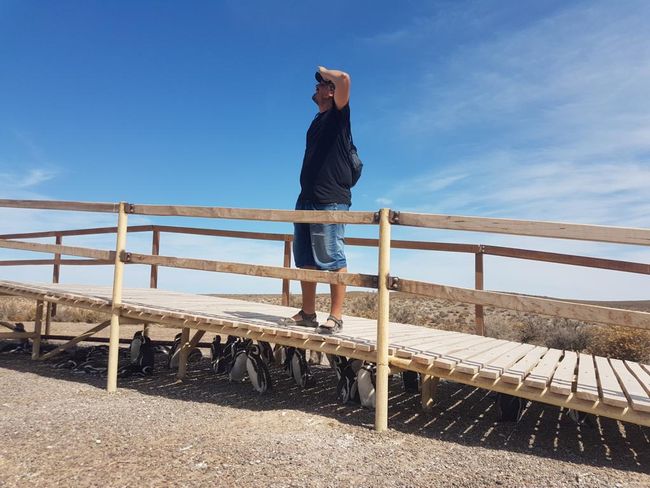
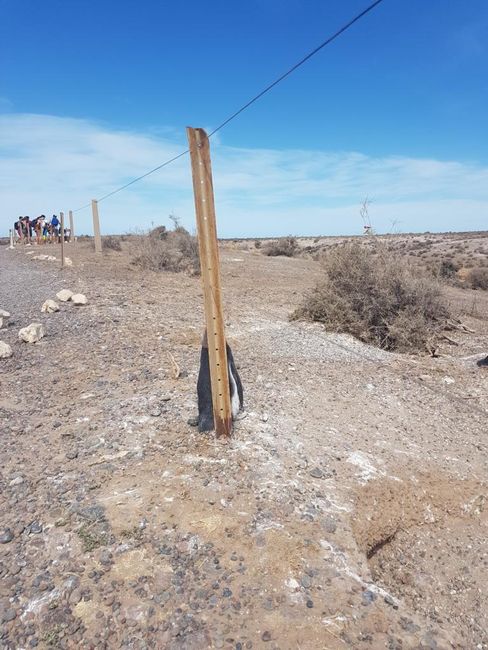
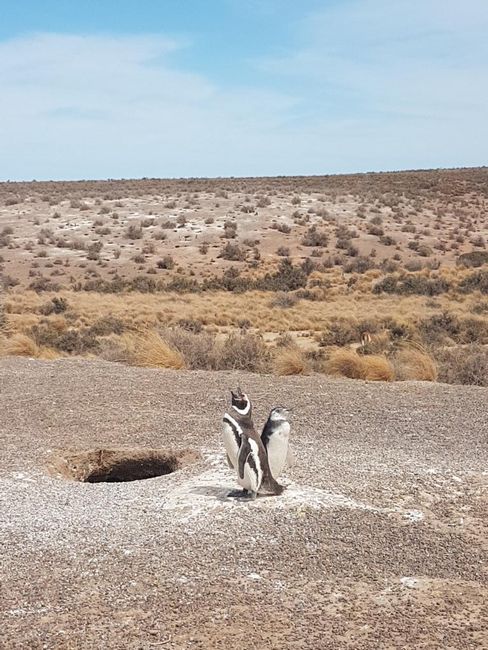
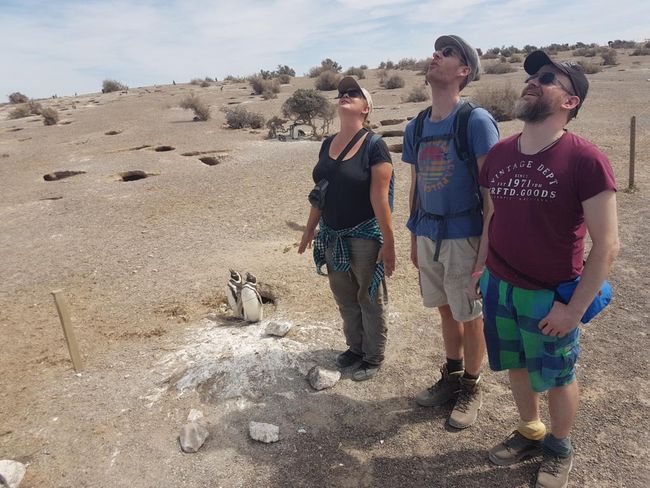
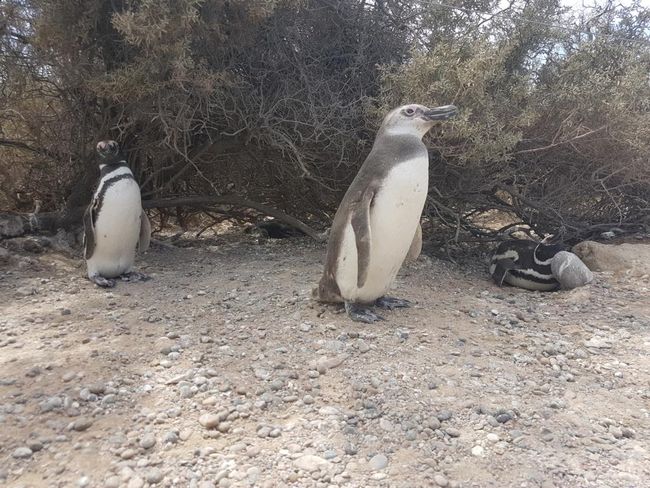
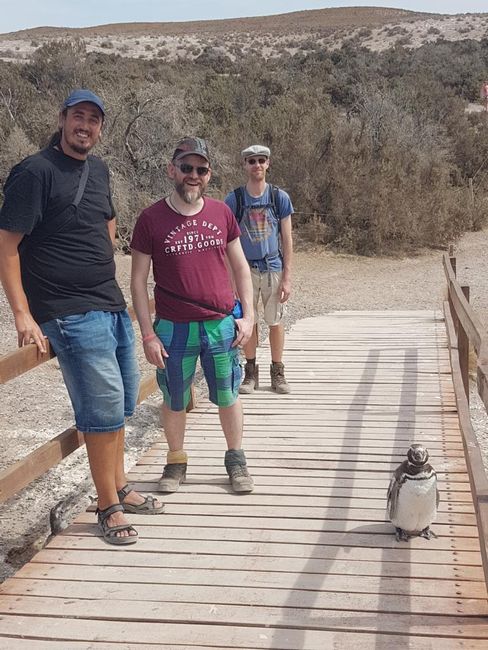
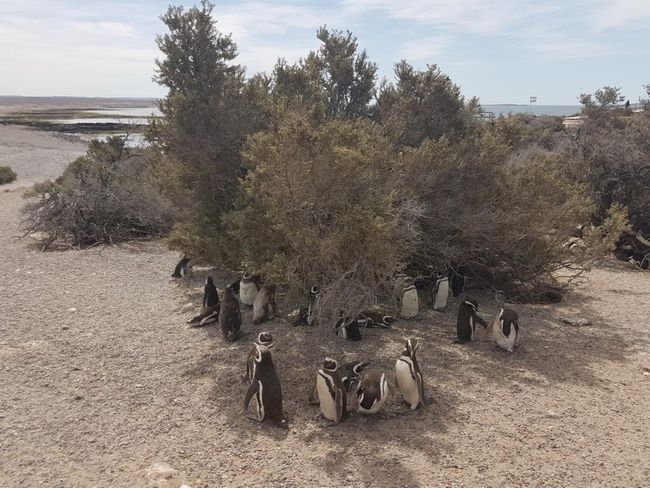
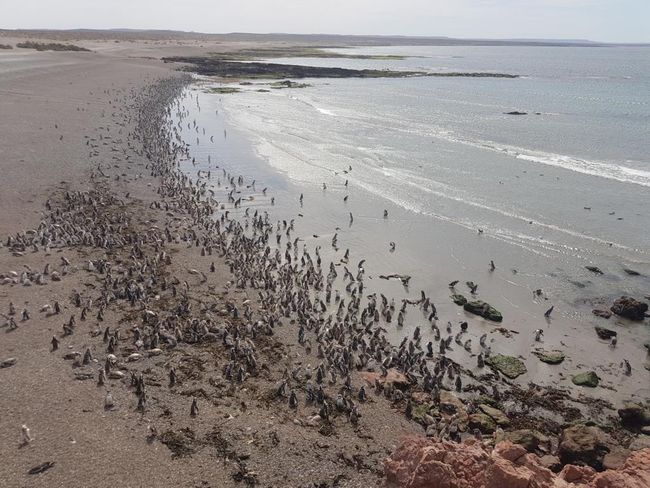
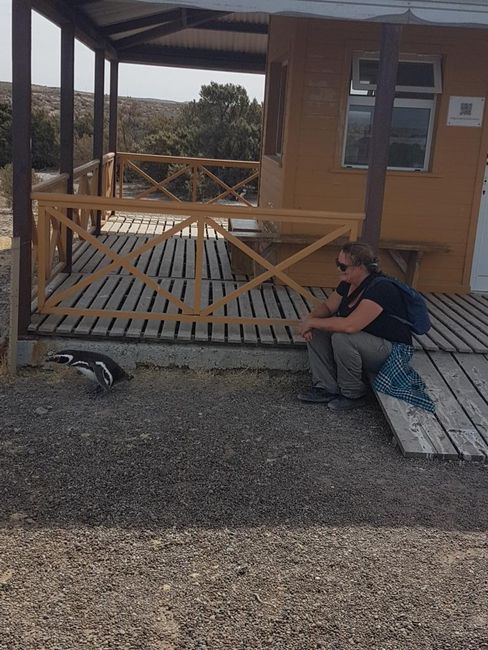
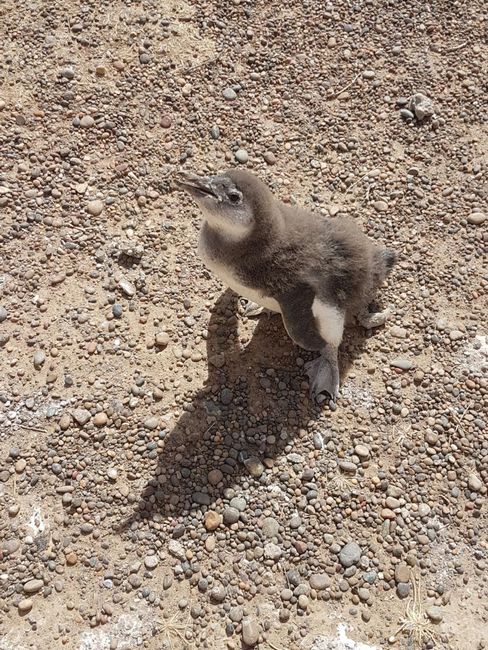
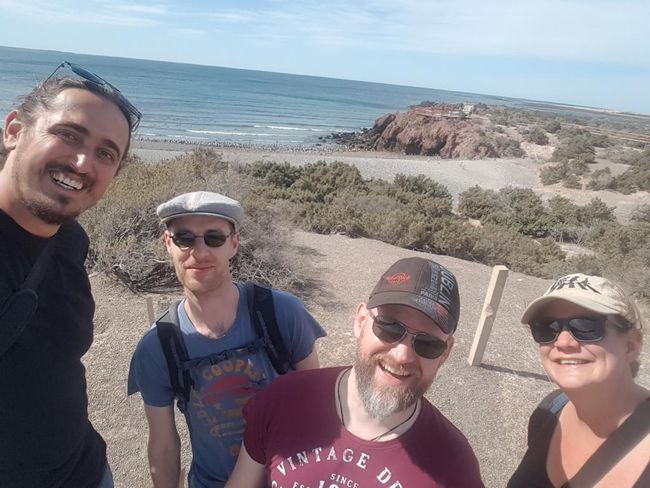
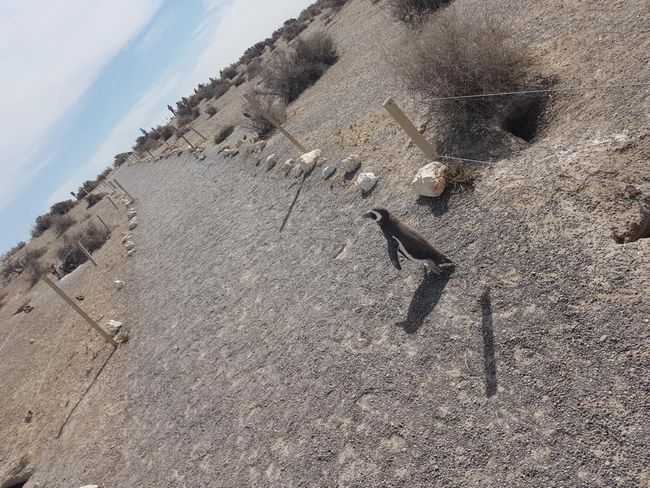
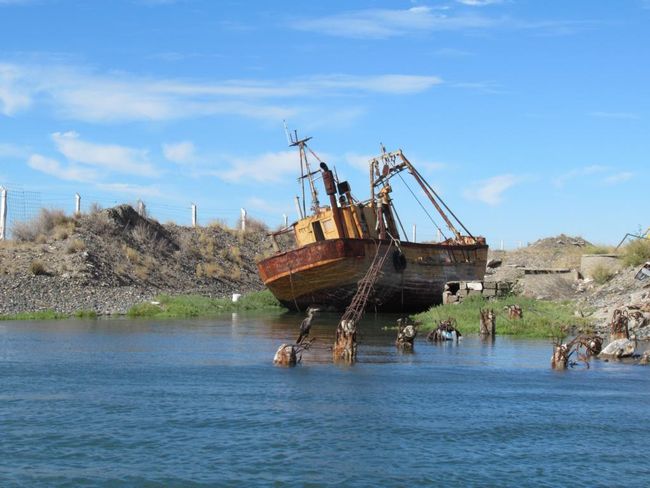
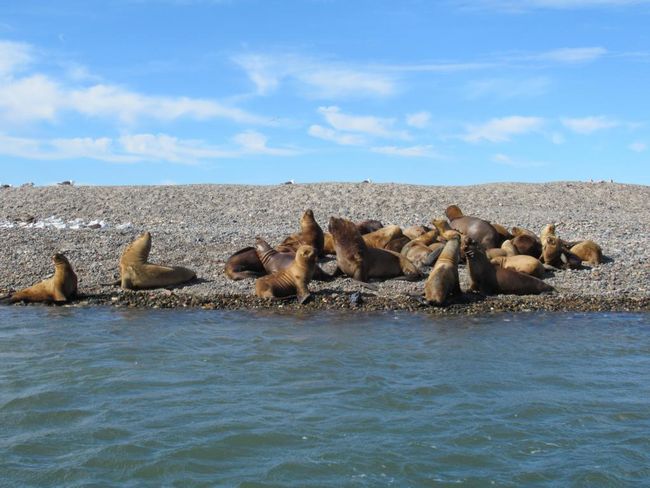
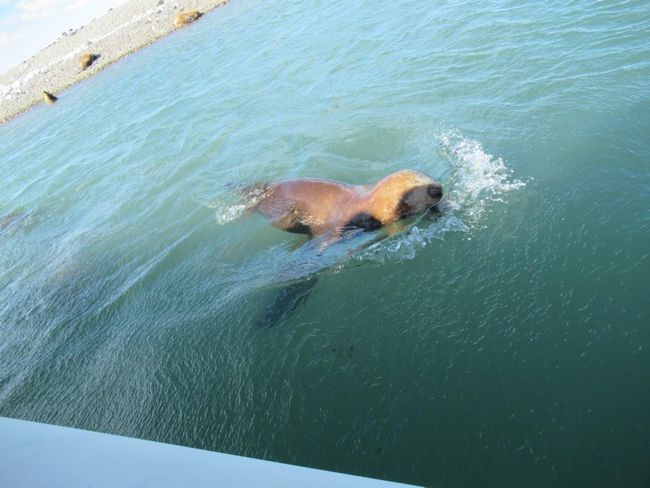
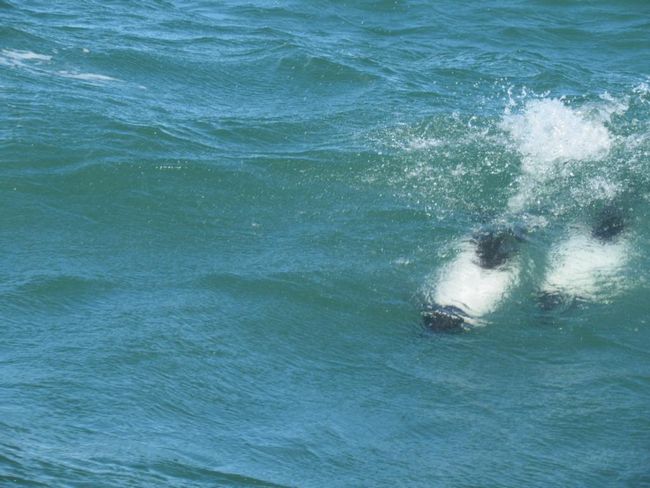
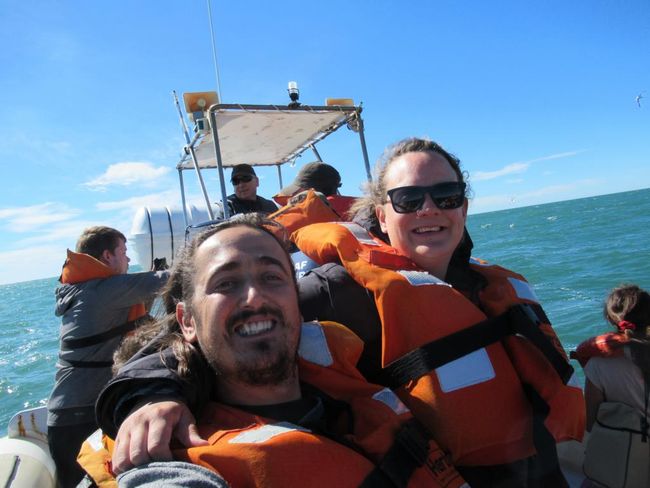
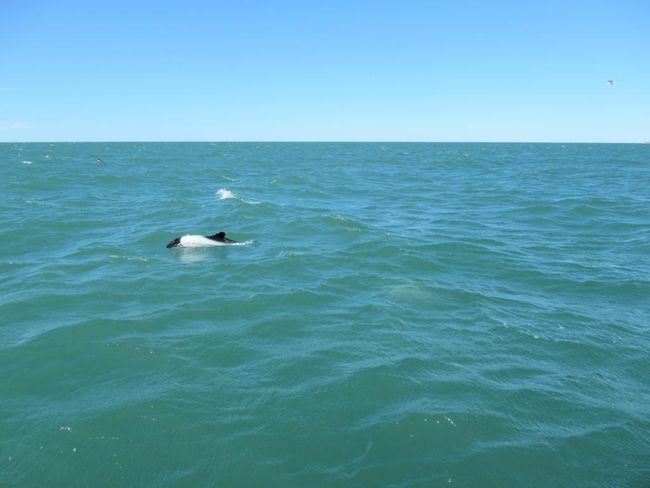
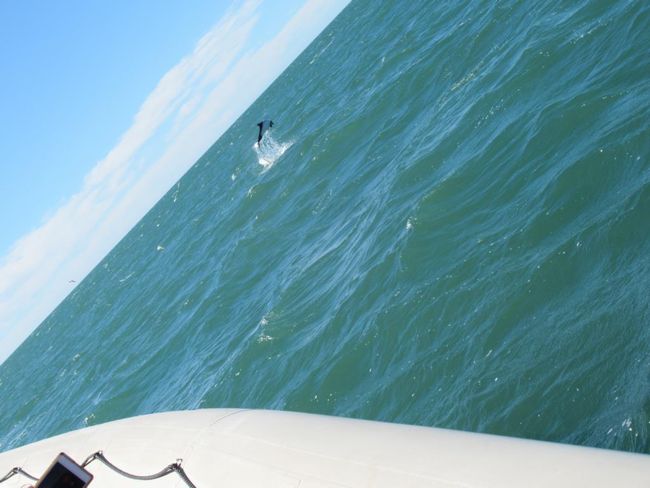
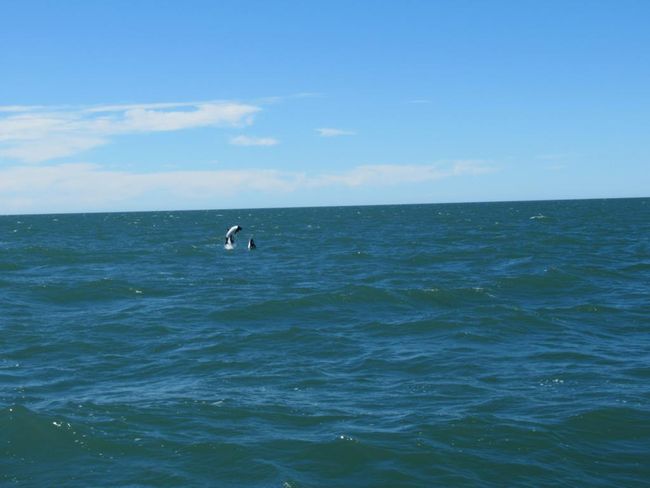
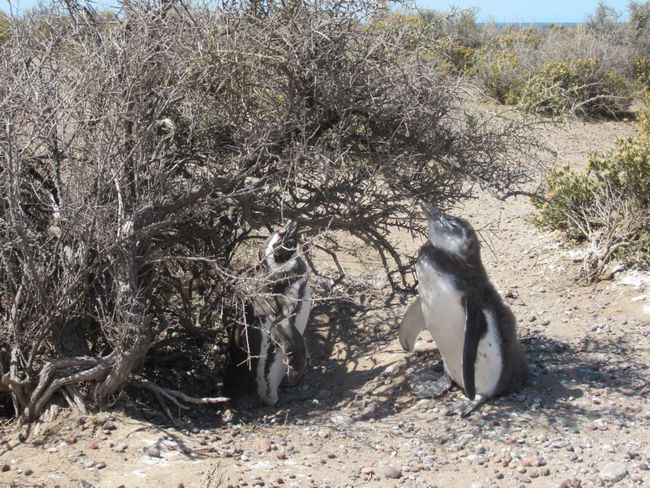
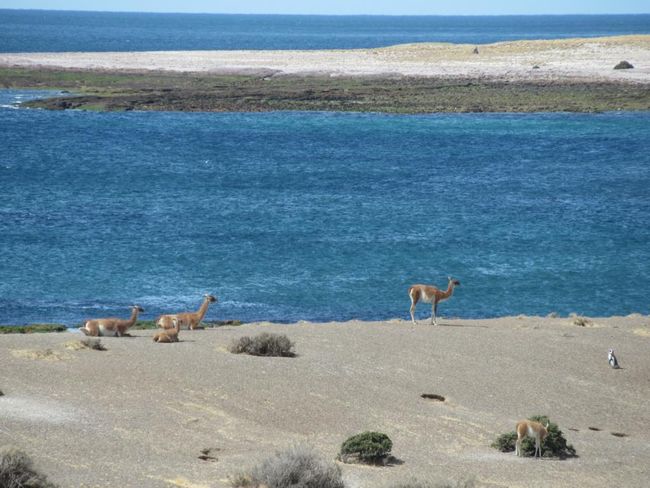
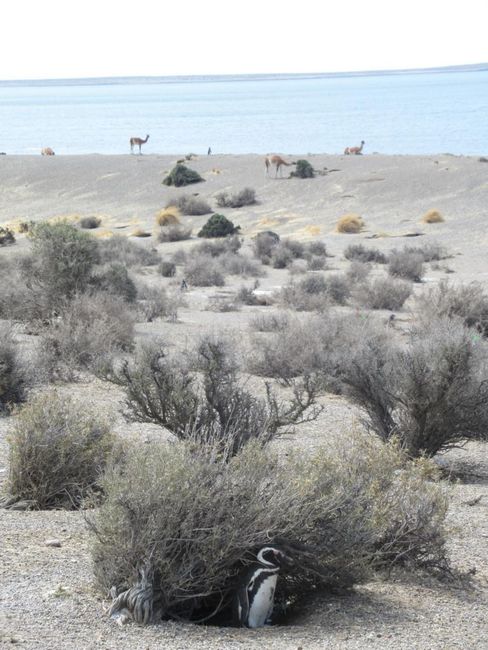
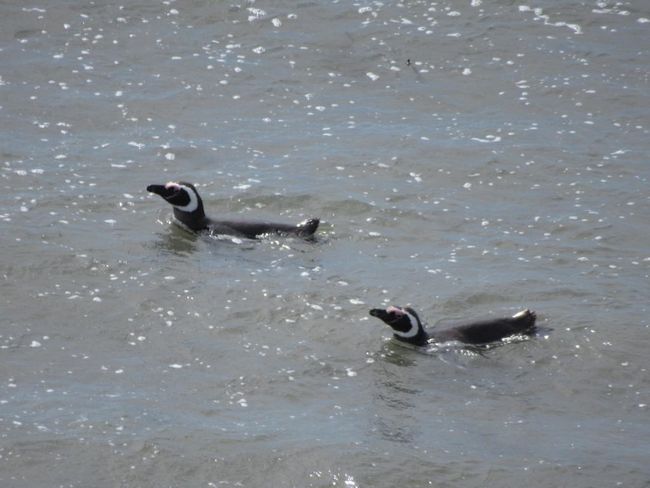
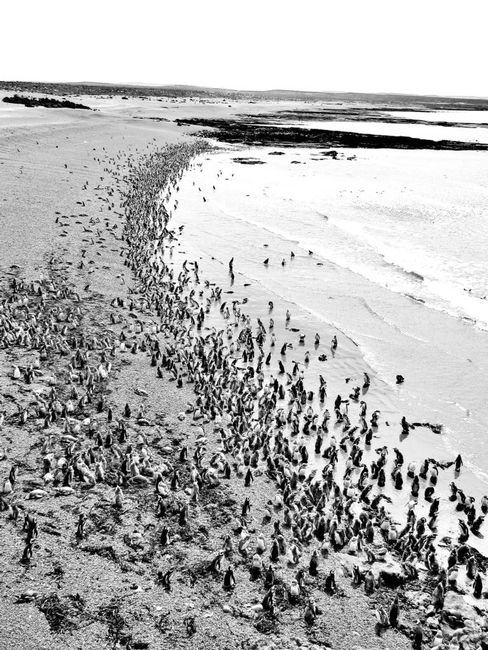
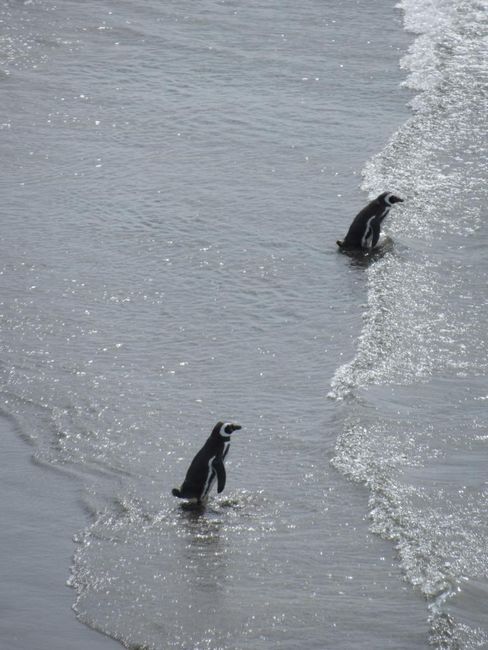
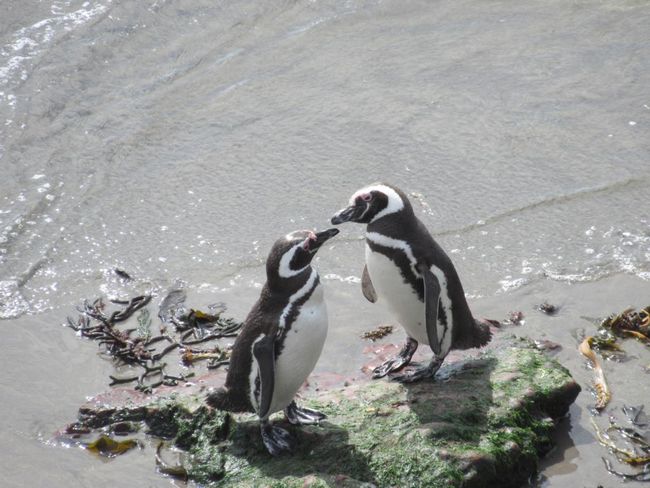
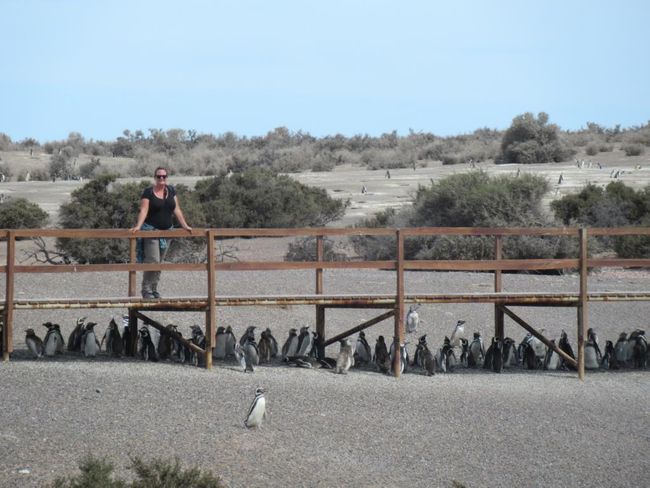
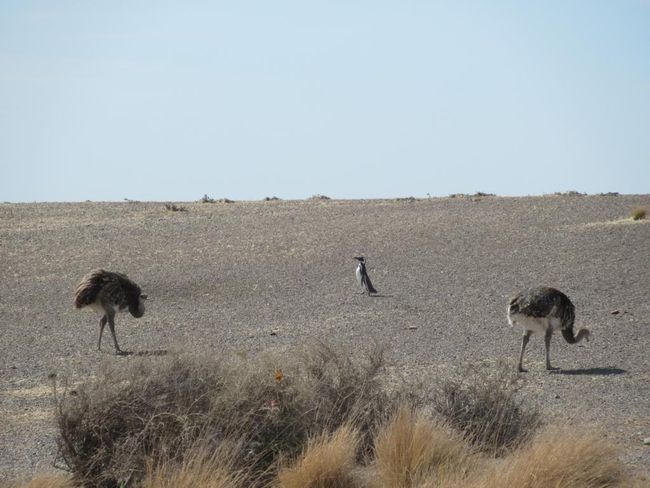
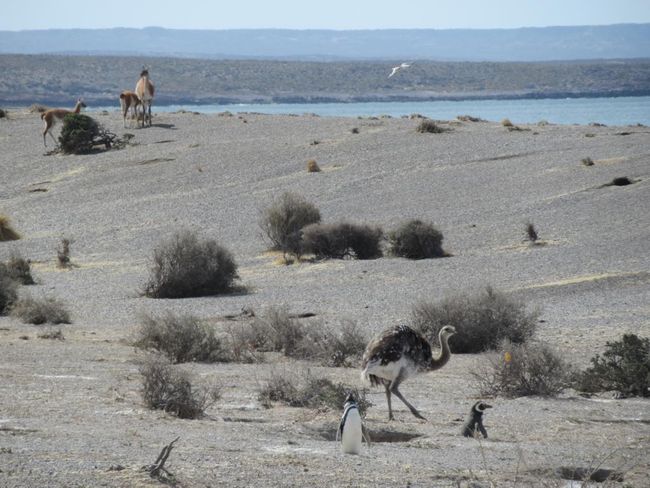
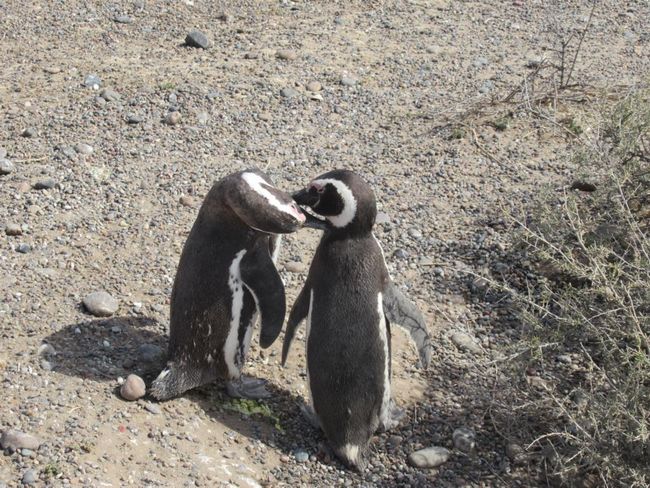
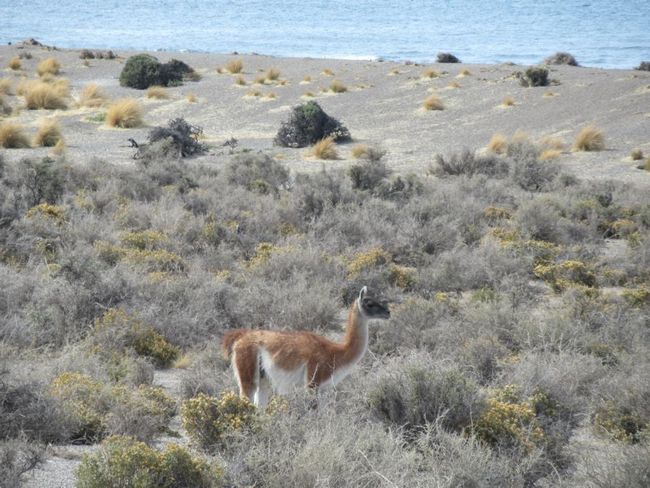
ຈອງຈົດຫມາຍຂ່າວ
Another 18-hour bus ride took us to Puerto Madryn. Already at the bus station in BA we met Greg and Axel from Belgium, who were wandering around like us, faced with the fact that the bus was delayed and you always get a little scared that you missed it because of all the hustle and bustle, poor information and unclear announcements in the huge bus station. Luckily, we didn't miss it, the bus arrived with some delay. When we arrived the next morning, we had another conversation with the Belgians and two girls from Spain about their respective plans. Actually, the plans were not that different, because everyone comes here to visit the Peninsula Valdez, one of the most beautiful wildlife sanctuaries in South America. Puerto Madryn itself is nothing special, although many locals gather on the unremarkable beach. Otherwise, there is a lot of tourist infrastructure, hostels, souvenir shops, and tour providers.
Later we met the Belgians again when we walked around town and looked for a tour operator. On the gringo trail, you always meet the same people. Greg and Axel had already inquired and complained immediately that the tours were outrageously expensive. In addition to the cost of transportation and guide, there were also entrance fees everywhere, and meals were not included. After commiserating with each other for a while, we said goodbye and Jörg and I went to the tour office, only to be told what we already knew: the tours were expensive. Very expensive. Originally, we had planned to do a day trip to Peninsula Valdez and Punta Tombo, but given the astronomical prices, we had to decide on one of the two excursions. Until... yes... until we came up with the idea of renting a car! Why didn't that occur to us before? For example, the last hundred times we had run into Greg and Axel? We immediately inquired at a car rental office and indeed: renting a car for four people would be much cheaper. Including all entrance fees, we would pay roughly half of what the guided tours cost!
The only problem was how to find Axel and Greg again? Of course, when you are looking for people you usually meet constantly, you can't find them. By chance, they even told us which hostel they were staying at, but we couldn't find them there either. We walked through the tourist mile and along the beach, but it was even more impossible to find them there. We had almost given up when I happened to see them sitting by a window in a restaurant, playing cards. They were immediately interested in our suggestion, but they didn't want to drive, partly because one of them had epilepsy. Well, that wasn't really something new, and considering that I absolutely wanted to see the damn penguins and dolphins, I agreed to be the driver. By now, I had already gotten used to it. So we set off and rented the car. A red VW, again with a huge crack in the windshield. The family that owned the agency was really friendly, they even gave us an information sheet in German with various traffic rules in Argentina. For example, we learned that it is generally forbidden to turn left, unless there is a separate traffic light at intersections that explicitly allows it. Aha. That is really helpful information because we had definitely ignored this rule several times during our road trip around Mendoza. Fortunately, our hotel had free parking, so we could park the car somewhere.
The next morning, we picked up Greg and Axel at their hostel and first drove to Peninsula Valdez. After paying the exorbitant entrance fees at the entrance to the reserve (foreigners pay more than 3 times as much as locals, and there was an additional fee for the car, which no one had told us before), we arrived at the Interpretation Center, where we didn't stay long. After all, we wanted to see animals. And it didn't take long until we encountered the first guanacos along the road. By now, the road had turned into a bumpy dirt track, on which we would rumble for the rest of the day. I was actually afraid that one of the many guanacos might suddenly jump in front of the car because the animals were really well camouflaged and sometimes hard to spot. Luckily, there was no guanaco roast for dinner that day.
Since we were already traveling with our own car, we decided to go against the flow, i.e. against the usual route of the tourist tours, and first drove to Punta Cantor. From an observation point, we could observe some elephant seals on the beach. There was also a hiking trail to another viewpoint at Caleta Valdez, where some waddling penguins could be seen in the distance. Along the way, we even came across some small coiled snakes, which made Jörg nervous because he had chosen to wear his trekking sandals. Fortunately, the little snakes were not interested in his feet. Along the paths, there were also information boards where you could learn more about the animals and their habits. For example, the paths that the elephant seals take in search of food were depicted, and it became clear that the females cover much greater distances before lazing around again on the beach.
On the way from Punta Cantor to Punta Norte, we passed several small viewpoints. At Pinguinera, we could observe some Magellanic penguins up close.
At Punta Norte, there were countless sea lions and elephant seals to see, and here you could observe their herd behavior very well. Three alpha males were lying together with their harem in one large group. The male animals were really huge and very impressive. I wouldn't want to get too close to one of them when they are having a bad day. Younger males repeatedly tried to approach the harems, but they were driven away by the larger males with loud grunts and roars. As lazy as the clumsy-looking animals may seem, when it comes to putting a potential adversary in its place, the creatures are surprisingly fast at crawling through the sand. Once the other male was driven away, the harem master immediately settled comfortably among his females, paying no heed to the females or the young. Depending on how he fell, anything that happened to be under him had to find a way to escape. Between the grunts and murmurs of the males, you could also hear the squeaks of the cute young ones, so the beach was quite noisy.
Punta Norte is known for its chance to spot orcas. Orcas have evolved the extraordinary method of "intentional stranding" as a hunting technique. At high tide, they let themselves be washed ashore to catch and eat the sea lions lying there. However, only the most skillful and strong individuals of an orca group master this hunting method, and they then share the prey with the others in the group. Very social animals. In any case, you can observe this spectacle here. There is even a sign on the beach indicating when orcas were last sighted. According to this sign, the last sighting was the day before. Of course, I really wished to see a "Free Willy" and was initially a bit sad that we didn't have that much luck. Later, I thought about what that would have meant anyway. I might have had to watch Willi hunt and kill a poor little sea lion cub and listen to its desperate, fearful cries. No thanks. Suddenly, I wasn't so sad anymore that we didn't see an orca. Instead, we saw something else, an animal that I had long wished to see: an armadillo. It may not have been a large one like those in the Pantanal, but the little Patagonian armadillo was really cute. Actually, the little creature was quite tame, apparently also attracted by the local kiosk and the food leftovers associated with it. Anyway, the armadillo didn't run away even when we got quite close to take pictures. It seemed to be used to it. However, I was annoyed by a little boy who was chasing the animal to touch it. To be precise, I was less annoyed with the child than with his father, who not only did not prevent him from doing so but even found it amusing. Awful people. But fortunately, the little creature was quite agile and quickly fled.
On the way back, we briefly stopped in Puerto Pyramides, where we walked along the beach and climbed on the rocks, as the tide had already set in. We also treated ourselves to a beer. Well, the others treated themselves to a beer, because even though I finally got rid of my learner's license, Argentina has a zero-tolerance policy for alcohol, so I could only have a (at least freshly squeezed) orange juice.
When we arrived in Puerto Madryn, it was already quite late, and the next day we had to get up early again. I was more than happy when we left the peninsula and finally reached the paved road again. Finally, the eternal, exhausting bouncing was over.
The next day, we picked up the two Belgians a little earlier, as we had to be on time at Bahia Union in Rawson outside of Trelew for the dolphin watching tour. We had already called and reserved this tour a day before.
During the drive, we talked to the Belgians about how Germans, French, and Americans usually immediately form groups when they meet compatriots while traveling. For Swiss people, this is very unusual, on the contrary. We have repeatedly experienced that Swiss people stop talking to each other as soon as they hear that other Swiss people are nearby or even run away. Of course, there are exceptions, but we actually experienced this phenomenon very often. We laughed about it in the car, and the Belgians didn't really believe us. As luck would have it, when we registered for the dolphin tour at the tour office, we actually met two other Swiss people. They said they were from Lausanne in response to our question. And that was the end of the whole conversation. Even though we had introduced Greg and Axel as Belgians and they could have easily conversed with them in French, they didn't come near us for the rest of the morning. No, they preferred to sit together on a bench far away instead of joining us while we waited for the tour to start. And that even though Jörg approached them again and asked about their trip, only brief answers came, which made him feel awkward. We Swiss people are really a strange bunch. But anyway, we weren't here to investigate the quirks of the Swiss people, but to see dolphins.
Here, too, all the Europeans, once again, were punctual, while the Latinos were all late, so the boat had to turn back even though we had just left to pick up an Argentine family that was late.
On the way out to the open sea, we passed a shrimp factory, where I had to hold my nose for a moment to avoid fainting and falling out of the boat. We also encountered a colony of sea lions, which had chosen their domicile right next to the shrimp factory, probably because they can benefit from the waste there.
Once we had left the coastal region, it didn't take long until we actually sighted the first dolphins. These were Commerson's dolphins, the smallest dolphin species in the world. The curious animals are apparently attracted by the noise and movement of the boat engine. As soon as the captain turned off the engine, the dolphins swam away and didn't show up again. It was really fun to watch the playful dolphins, they kept circling our boat, swimming underneath it, and even performing some high jumps as if they deliberately wanted to give us a good show. Really cool. So the excursion and the associated detour were definitely worth it.
After the dolphin tour, we continued on to the Area Natural Protegido Punta Tombo, which is home to the largest penguin breeding colony on the South American mainland. Over half a million Magellanic penguins live here. But other birds can also be found here, such as cormorants.
After buying the admission tickets, you can first visit the information center, where the different penguin species in the world and other marine creatures are introduced.
Then you set off through the reserve on marked and fenced hiking trails. Already after a short time, you encounter the first penguin pairs in their nests. Magellanic penguins dig burrows to lay their eggs. During the mating season, the males reach the breeding sites first and then search for the nest they used last year. After wrestling with the other males to conquer their nests, they wait for the arrival of the females, also with the aim of pairing up with the same partner as in the previous season. So the breeding season is tough for the males, first they have to fight for the nest, then for the female, and they even go so far as to kill each other if necessary! Poisonous little creatures. But oh so cute.
After being completely overwhelmed by the first nests along the trail, you are amazed when there are more and more holes and hundreds of penguins are everywhere along the trail. Walking, standing, lying in the burrows. The place is teeming with these little creatures. There are also large gatherings at the shaded spots below the wooden bridges. When you reach the viewpoint overlooking the beach, your breath is taken away when you see the thousands of penguins frolicking there. Absolutely unbelievable.
It is fascinating how the Magellanic penguins have become accustomed to the daily human visitors and how they know exactly that they have nothing to fear outside the fenced hiking trail. When they have to cross the trail, they hurry, sprint straight across it, only to stop on the other side of the wire fence and look at you with big eyes. You are only centimeters away from them! But they know that people can't reach them there. At least the adults, because occasionally there was indeed a young one that apparently had not yet acquired this behavior and sat somewhat lost in the middle of the footpath. But of course, even these fluffy little creatures had nothing to fear from the visitors. It really feels like being in a zoo, but in reverse. People are in a cage on the fenced hiking trail, while the penguins dart around freely. Really cool.
I could have stayed there forever, watching the most adorable penguins and taking another thousand photos. But since it was a long drive back to Puerto Madryn and we had to return the car the same evening, we had to say goodbye at some point and start the journey back.
Although everything looks so close together on the map, the incredible distances in the 5th largest country in the world should not be underestimated. During the two days, we had covered more than 900 km! Well, I did. Consequently, I was quite tired when we parked the car at the rental agency. Fortunately, there was nothing to complain about, so the whole return process was quickly completed.
But there was no time to pretend to be tired yet, because as a thank you for driving, our Belgian friends had invited us to a barbecue evening at their hostel. They had talked to the hostel owner because non-guests were not normally allowed to stay in the hostel. The barbecue evening was organized by several travelers in the hostel, so in the end, we were an illustrious multicultural group. Besides us and the Belgians, there were a few Argentines, a Frenchwoman, a German with Colombian roots, and another Frenchman who was a professional chef. Which was extremely practical because the guy (Thomas) was really good at grilling. The meat and the side dishes were really delicious, and there was wine, beer, and chips. We had a fun evening, and all of a sudden it was half-past one in the morning when we left and made our way back to our hotel as we had to catch the bus to Bariloche the next morning.
ຈອງຈົດຫມາຍຂ່າວ
ຄໍາຕອບ
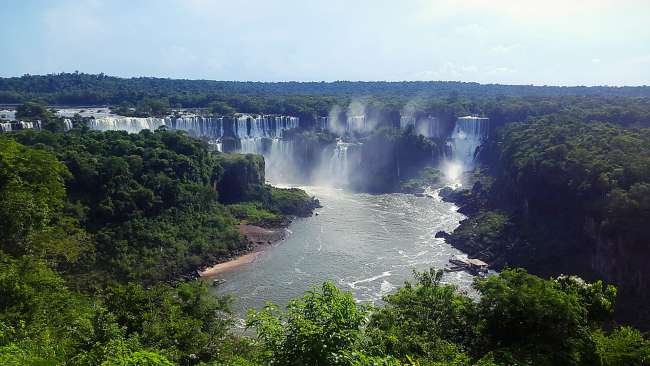
ລາຍງານການເດີນທາງ ອາເຈນຕິນາ

